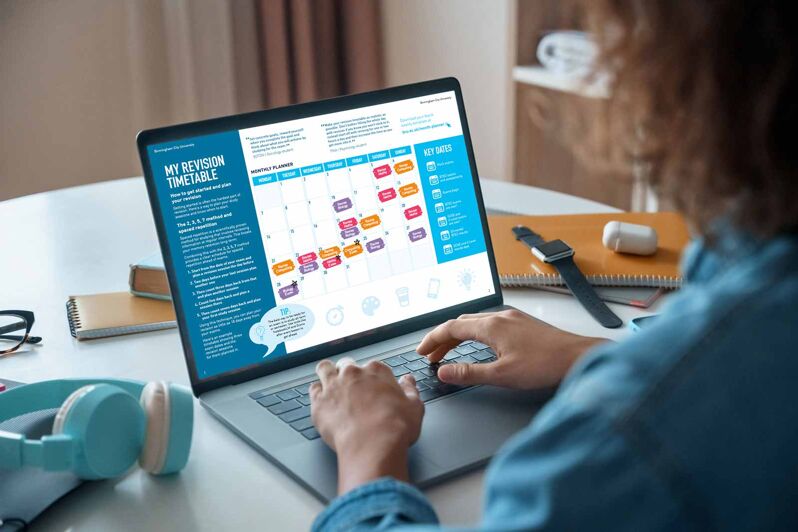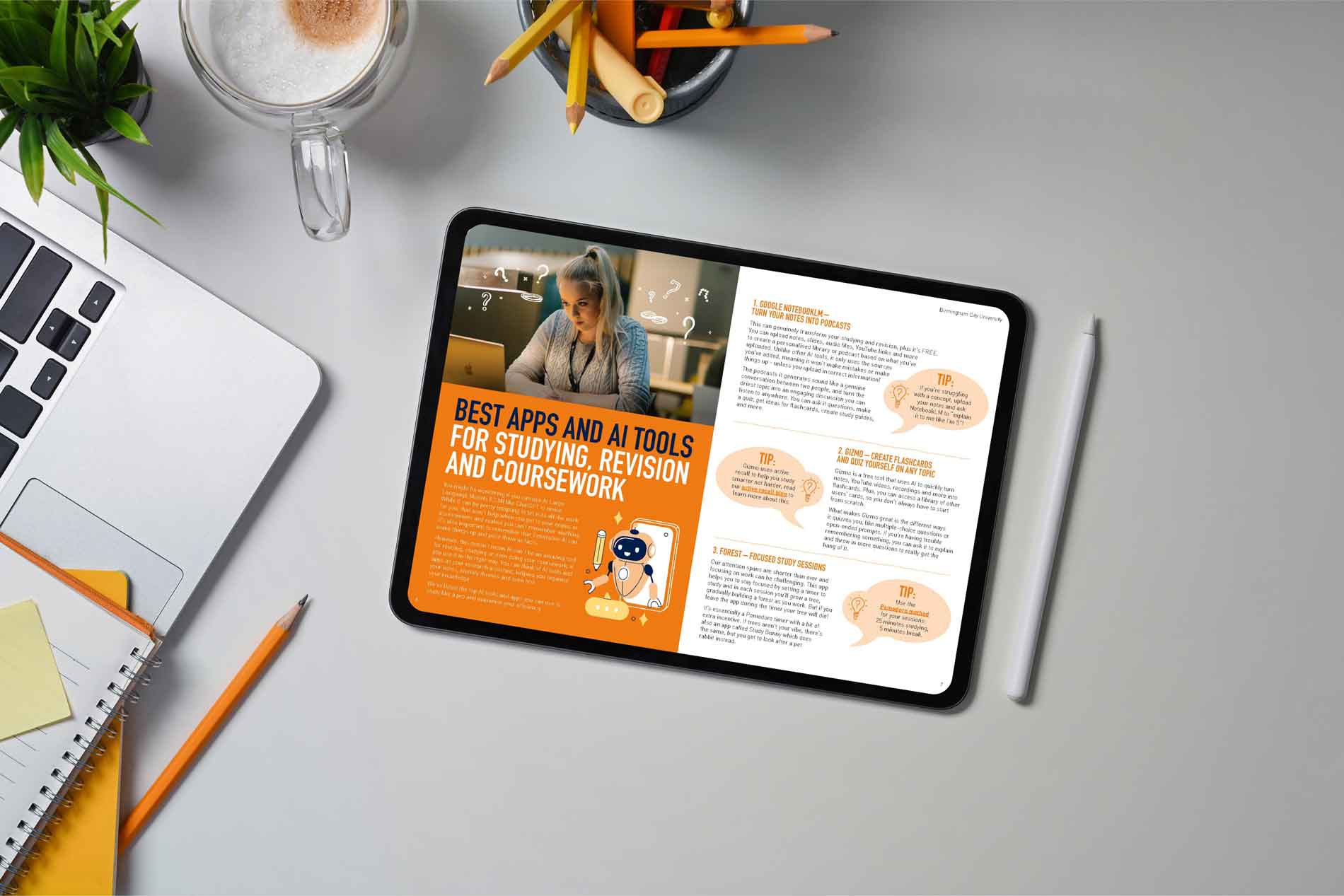The Pomodoro technique is a time-management method that helps improve focus and productivity by breaking study sessions into 25-minute intervals, followed by short breaks. This structured approach is great for people with ADHD, or anyone who struggles to focus.
Struggling with revision?
Get your FREE guide packed with expert study tips, a step-by-step timetable planner, essential AI learning tools, and more to smash your exams.
What is the Pomodoro technique?
The Pomodoro technique is a way to manage your time and make tasks seem more achievable by breaking them down into manageable chunks. By completing revision tasks in a short time frame, whilst giving your brain a breather, you’ll be ticking things off your list without becoming overwhelmed by too much information.
Setting yourself a time limit makes you more productive as you know that the end is in sight.
Why should I use the Pomodoro technique?
The Pomodoro technique is for you if…
- You get overwhelmed by how much revision you have to do, so end up not doing any at all.
- You get distracted by everything – checking your phone, tidying your room – basically anything that isn’t revision.
- You’re struggling to motivate yourself and find revision really boring.
- You have exams coming up soon and need to do your revision in a short amount of time.
How does the Pomodoro method work?
You can start using the Pomodoro method by setting a timer on your phone or by using an online Pomodoro timer. Pomofocus is a useful one that allows you to add tasks to tick off and customise your focus times and break times.
First, decide how long you want to revise and what you want to revise, then you can start your timer.
For example, if you want to do a couple of hours’ worth of revision, you could schedule your time like this:
- 25 minutes – revise
- 5 minutes – break
- 25 minutes – revise
- 5 minutes – break
- 25 minutes – revise
- 5 minutes – break
- 25 minutes – revise
- 25 minutes – longer break
The most important thing is to make sure you take your breaks. That way, you won’t become overwhelmed with information. Instead, you’ll be refreshed after each break and ready to move on to another topic.
On your longer breaks, try to get outdoors or eat a healthy meal away from your desk and revision materials.
Best Pomodoro apps for studying
Looking for a Pomodoro timer app? Here are our favourites:
- Pomodoro Timer - free app on Google Play, Pomofocus website, or Be Focused on iOS.
- Focus To-Do - combines a Pomodoro timer with task management.
- Forest - set your own 25-minute timers and grow a tree while you study.
- Aesthetic Pomodoro timers - Pomodoro Kitty, Astrostation, Study With Me, Study Bunny.
Can the Pomodoro technique help with ADHD?
Yes! The Pomodoro method is particularly useful for students with ADHD as it:
- Provides short, structured study sessions so you don't have to focus for too long.
- Encourages regular breaks to avoid burnout and overwhelm.
- Helps reduce procrastination by making study time feel more manageable.
Want more tips on revising with ADHD? Read our article or watch the video here.
What can I do during my 25-minute revision sessions?
Try out some of our most effective revision techniques like blurting, active recall or spaced repetition.






